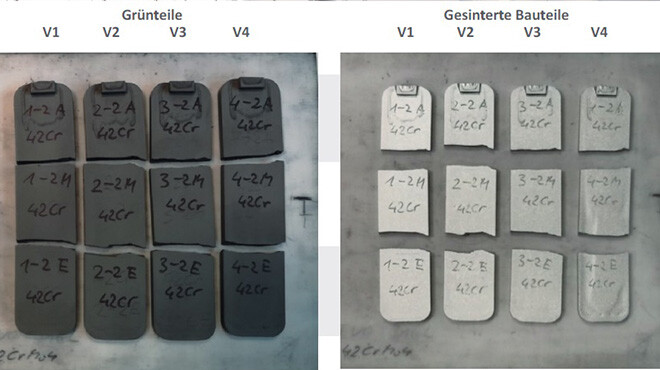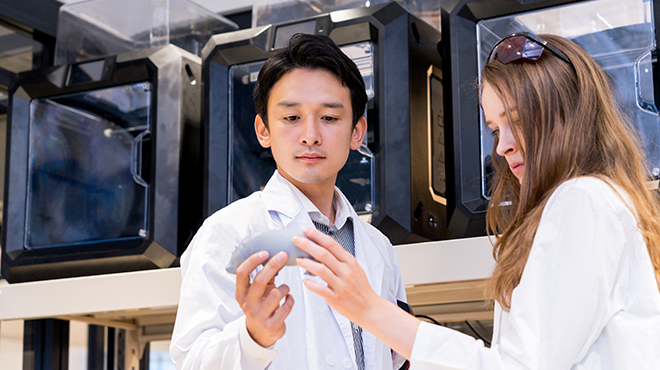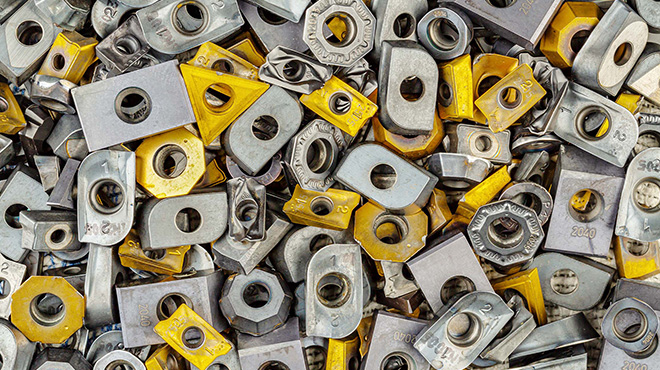Practical test for density measurement using the MIM method
What awaits you here: INTRODUCTION TEST SETUP AND IMPLEMENTATION RESULTS OF DENSITY MEASUREMENT OPTIMISATION OF PRODUCTION PARAMETERS CONCLUSION AND...
2 min read
Mathias Evers : 30.05.2024

Additive manufacturing has established itself as a transformative technology in the manufacturing industry. A crucial aspect for the quality and reliability of manufactured parts is the accurate determination of their density. In this article, we will analyse the suitability and cost-effectiveness of different density measurement methods.
In principle, the manual Archimedes method can determine the density of an additively manufactured component. However, manual use can lead to influences and impairments of the measurement result, resulting in a high statistical uncertainty. This method is therefore not usually considered. The high labour costs also make the method unattractive.
Automated density determination eliminates the weaknesses of the manual Archimedes method by automating the majority of the measurement. It also records environmental parameters in order to compensate for environmental influences. This method is significantly faster than other methods and is particularly suitable for areas where a density statement is frequently required. It can reduce quality assurance costs and simplify machine approvals. The high throughput and low labour costs make the process extremely economical. In addition, the high accuracy of the measurement results can lead to further quality advantages and insights, which also has a positive effect on the company's cost structure.
For micrographs, components are first segmented and the cut surfaces are then polished in order to examine the cut surface under a microscope. They provide an insight into the microstructure of a component and allow the pore shape to be assessed. They are useful for parameter development in additive manufacturing, as a good correlation can be established between the selected process parameters and the influence on the prevailing pore defects. However, they are unsuitable for use in series production as they are relatively complex and time-consuming and only accompanying samples can be analysed. In addition to the high labour costs, the consumables used also lead to rapidly rising costs as production volumes increase.
CT examinations enable a three-dimensional reconstruction of the entire interior of the component. This enables the visualisation of pore geometry and defect shape as well as distribution in the component. Another advantage is the method's tolerance to fluctuations in porosity within the component. The biggest obstacles to its use in series production are the comparatively high investment costs and the time-consuming testing process, which requires trained personnel. Another disadvantage is the limited resolution, which prevents the observation of micropores.
The choice of the right density measurement method depends on various factors, including the specific requirements of the project, the available technology and economic considerations. Micrograph and CT are very well suited to analyse suitable manufacturing parameters for new materials or alloys. However, automated density determination stands out due to its economic advantages. Not only does it offer faster and more accurate measurement, but it can also significantly reduce quality assurance costs, which is why it is particularly advantageous for series, contract or job order production. This makes it a favourite choice for companies looking for an efficient and cost-effective solution for density determination.
Source: Analysis of measurement methods for density determination - Fraunhofer IAPT - Dimensionics Density GmbH

What awaits you here: INTRODUCTION TEST SETUP AND IMPLEMENTATION RESULTS OF DENSITY MEASUREMENT OPTIMISATION OF PRODUCTION PARAMETERS CONCLUSION AND...

What awaits you here: INTRODUCTION MICROGRAPH COMPUTERTOMOGRAPHY (CT) AUTOMATED DENSITY DETERMINATION CONCLUSION Introduction In additive...

What awaits you here: A TRIP TO KOCHEL AM SEE BACKGROUND TO DENSITY MEASUREMENT IN POWDER MOULDING INFLUENCE ON MOULDING AND QUALITY CHALLENGES AND...